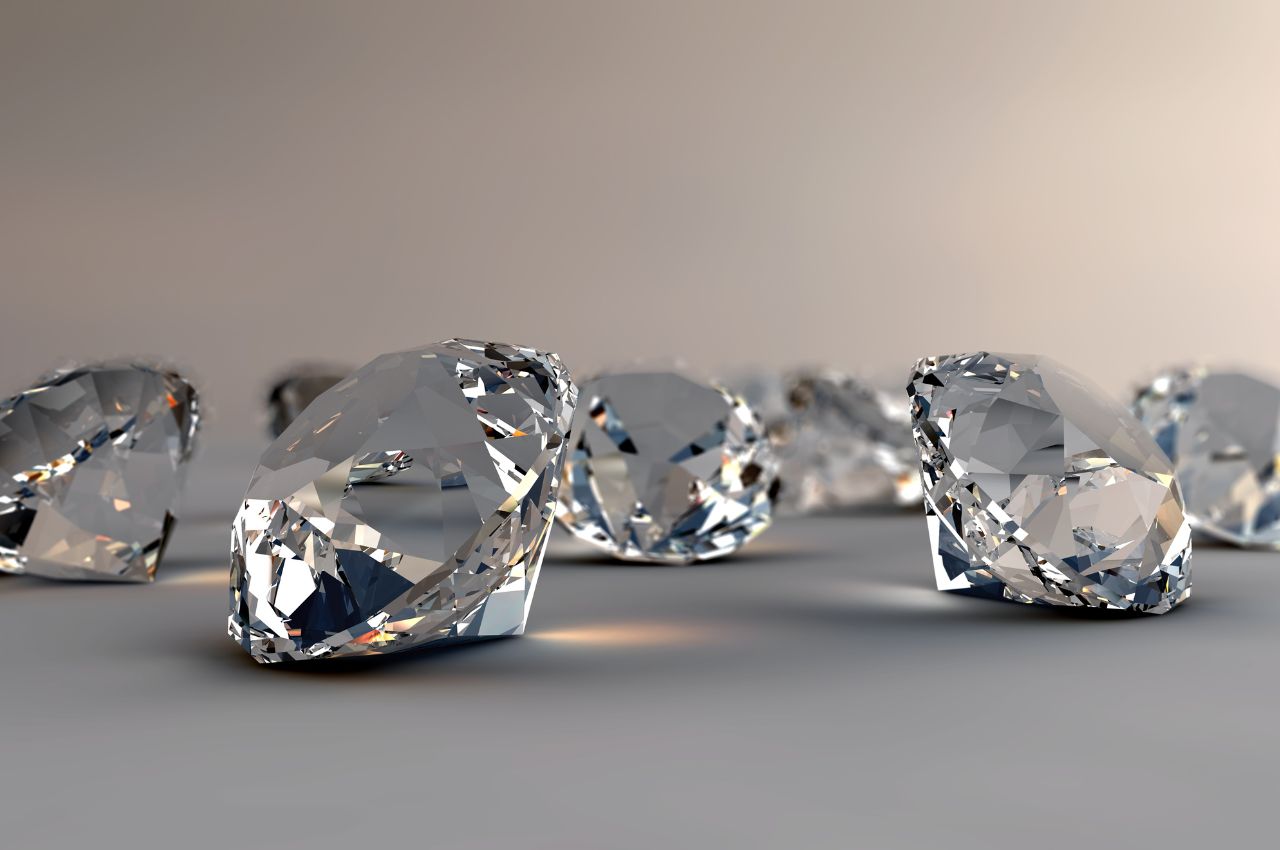
Table of Contents
Most people want a large diamond for their engagement rings. But when choosing a big diamond, it’s important to also consider the quality of the stone, because not all large diamonds are created equal.
This is the case for spread (or spready) diamonds. These are authentic diamonds that tend to look bigger than the average diamond of the same carat weight. They’re also more affordable. But what’s wrong with spread diamonds and why do we recommend avoiding them in general? Let’s break it down.
What are Spread Diamonds?
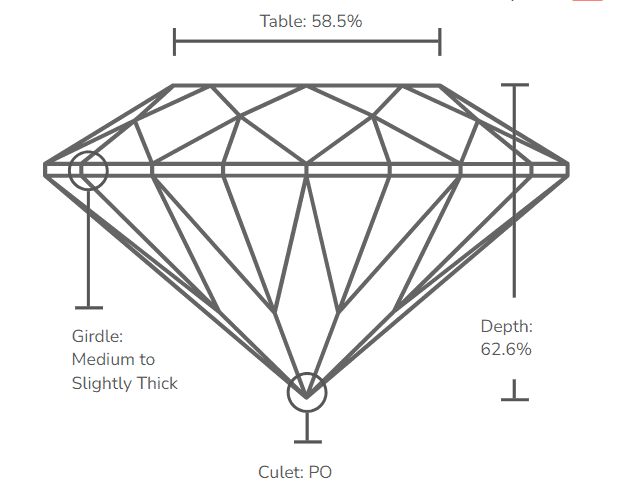
The term diamond spread refers to the table of the diamond, the surface area of the stone that you see when viewed from above. You could also call it the largest facet of the diamond. But spread diamonds are a bit different. It refers to shallow diamonds (and not just the diamond table), which occurs because of poor cut proportions.
Usually, there are ideal proportions for a diamond’s spread, which ensure that the stone has maximum light performance. After all, what sets a diamond apart from most gemstones is its excellent sparkle and brilliance. For this to occur, the diamond needs to have perfect cut proportions, including table and depth.
What’s Wrong with Spread Diamonds?
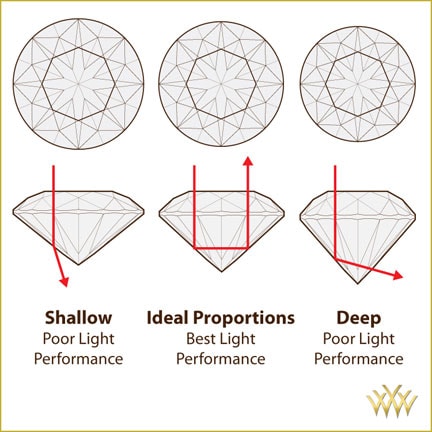
While it’s true that spread diamonds look bigger, their larger spread comes at the loss of the diamond’s depth. Spread diamonds often reflect light poorly because of their shallow cut, making them appear less vibrant. Their less-than-ideal cut proportions mean that they can appear dull and lifeless.
Shallower diamonds may have fewer facets or facets that are misaligned, meaning that light doesn’t reflect the way it should for maximum sparkle. The light doesn’t reflect upwards or bounce around the facets, but rather, leaks out.
A diamond’s distinctive sparkle comes from ideal cut proportions. According to the GIA, “Cut quality is the factor that fuels a diamond’s fire, sparkle and brilliance. The allure and beauty of a particular diamond depends more on cut quality than anything else.”
When it comes to the 4Cs, cut is king. This is why we don’t recommend compromising on cut quality to save on your diamond. It’s much better to choose a smaller diamond with a better cut, like this beautiful stone from Blue Nile, than a spready diamond that’s larger but has poor light performance.
How to Identify a Spread Diamond?
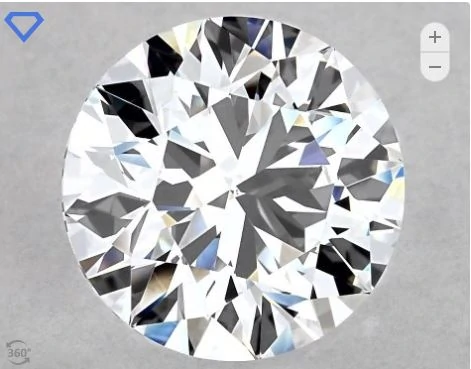
Sometimes, jewelers might try to oversell you on the affordability of a spread diamond, focusing on its size and not its quality. But knowing how to identify a spread diamond means you can avoid them.
First of all, examine the diamond closely. If purchasing online, make sure that the stone you’re looking at is the one you’re buying, and not simply a stock image or video. You’ll be able to tell right away when it’s a diamond with a large spread, like this one. Notice how large the front facet is, and how much shallower it is than this one, which has better light performance. When choosing the cut grade of your diamond, go as high as your budget allows. In general, Excellent and Ideal are preferable.
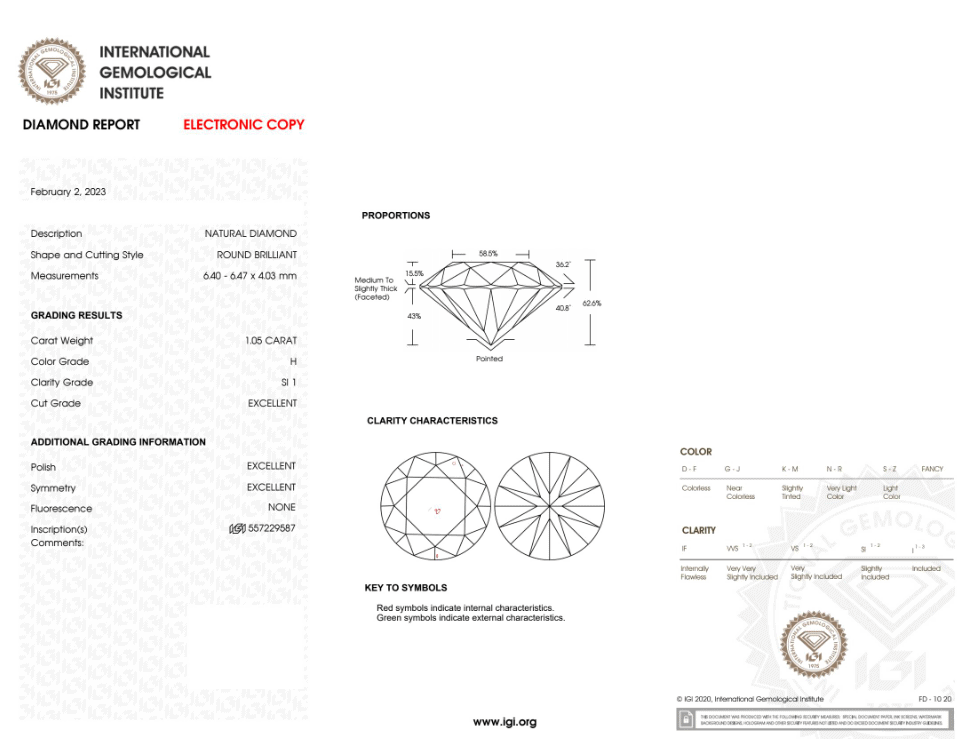
Another thing to check for is the lab report, which will lay out the diamond’s specifications. The main thing to look out for is the depth and table percentages. Spread diamonds typically have a depth percentage lower than 62% and a table percentage lower than 59% for round cuts.
Should You Avoid Spread Diamonds?
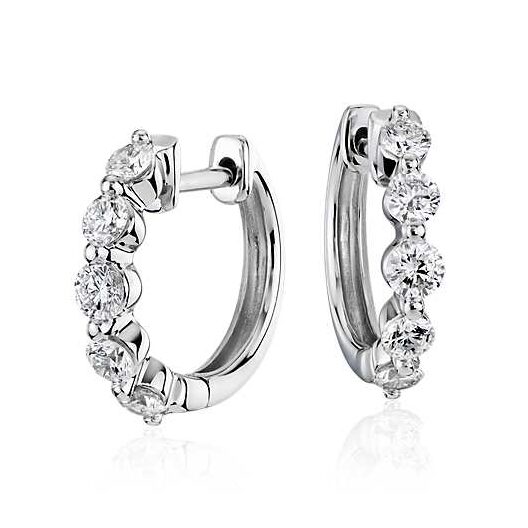
When it comes to an ideal cut diamond versus a larger spread diamond of the same carat weight, we recommend always going with the diamond that has a better cut. In this case, it’s highly likely it won’t be the spread diamond.
Not only do well-cut diamonds maintain their brilliance, fire, and scintillation for a lifetime, but they will also maintain their value and in some cases, be considered more valuable than a spread diamond. Spread diamonds can also be harder to upgrade or exchange down the track.
However, there may be times when a diamond’s sparkle isn’t essential, like if you’re having the diamonds set in earrings or a pendant. In these cases, you could get away with a spread diamond that’s expertly set in its mounting.
Wrapping Up
Overall, spread diamonds are diamonds with poorer cuts. They’re more affordable, larger-looking diamonds but often lack the dazzling light performance of their well-cut counterparts. It’s best to avoid them and not compromise on cut quality.









